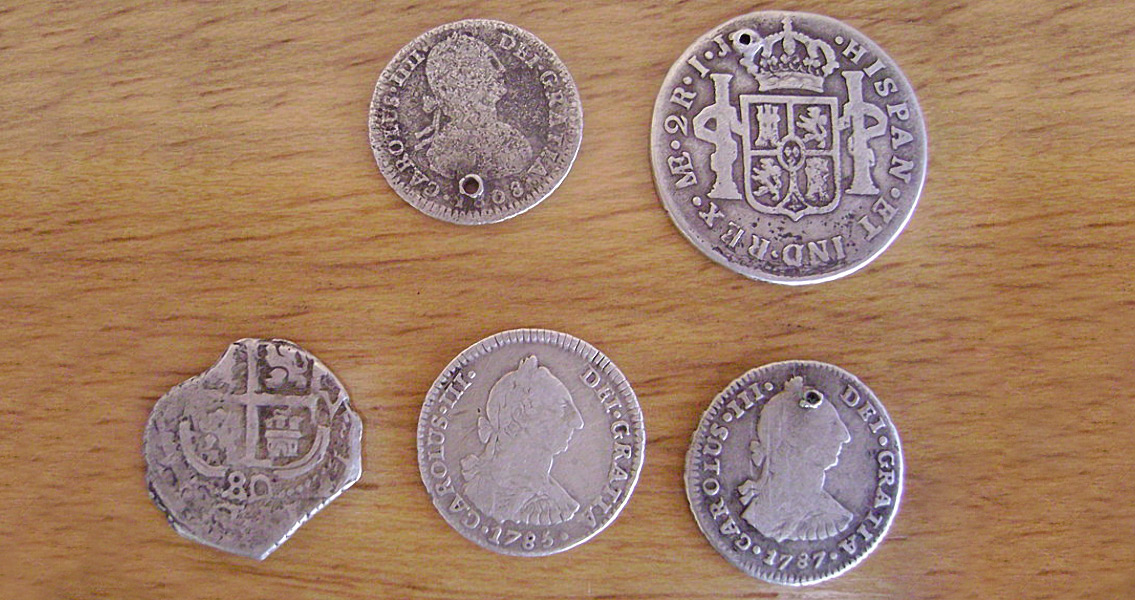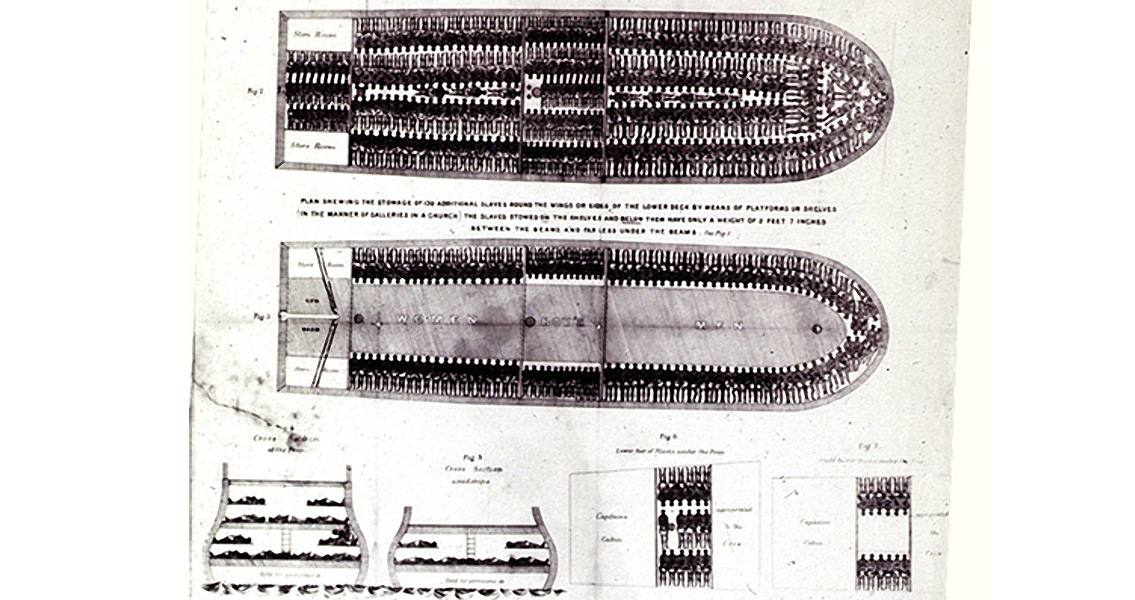Aarrr Booty, which has permits for the exploration of five vessels in the area. All of them belong to a fleet of twelve ships that set sail from Cuba, then a Spanish colony, to the Iberian Peninsula in late July 1715. The fleet transported gold that was much needed by Philip V at the time as he was at war with France. Unfortunately for him, all but one of the vessels were sunk by a hurricane close to the Floridian coast a week after they had set off from Cuba. Aarrr Booty’s owner Brent Brisben obtained a permit for exploring the site of the wreck five years ago and last month located one of the ships and managed to bring to the surface the abovementioned gold coins, which are estimated to be worth around $1 million, with the Tricentennial Royal alone valuated at $500,000. The find was by all means an exciting event for the crew of the Aarrr Booty, but it is only a very small part of the treasure carried by the eleven vessels. According to Brisben, whose salvaging company is aptly named ‘1715 Fleet Queen Jewels’, the total value of the gold that the vessels had been carrying to Spain was no less than $440 million. In addition to the gold, the fleet may have been transporting the queen jewels of Philip V’s second wife, Elisabeth Farnese, duchess of Parma. The location of the jewels on one of the eleven vessels is only speculated over because as a non-taxable commodity they were not entered into any official inventories of the cargo, Brisben told Live Science. Spanish colonial coins were in circulation in both South and North America between the beginning of the seventeenth century and the early nineteenth century, Coin Quest, a coin collection website explains. There were two methods used for making the majority of the coins, and both produced quite imperfect shapes. The first method, cob, involved cutting gold and silver bars into relatively equal chunks and then stamping on them a pattern with a hammer while the chunk was pressed between dies made from a harder metal. This technique produced irregular shapes and patterns but that was of no importance; only the weight of the coins mattered. This method was employed as a way of transporting gold and silver mined in the New World to Spain more easily. The second method, milling, consisted of making thin sheets of silver or gold and cutting out blank coins from them, which were then put in screw presses with the patterns to be stamped on the blanks. While this technique produced much more regular shapes it was still inferior to die-casting, which worked with molten metal. Die-Casting took more time and effort, which was probably why it was not so popular a method of minting until later. Image courtesy of Wikimedia Commons user: Arandar]]>







